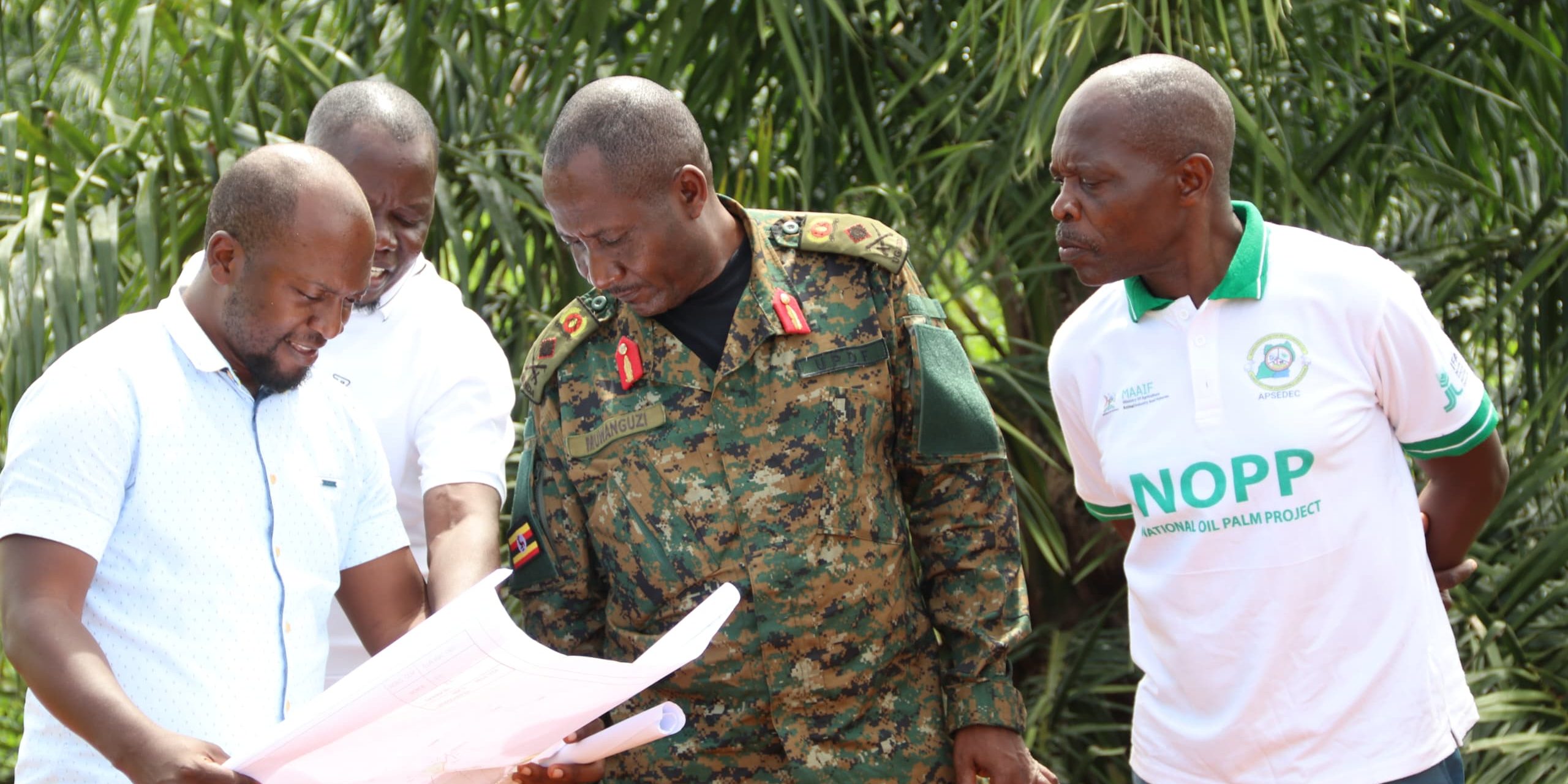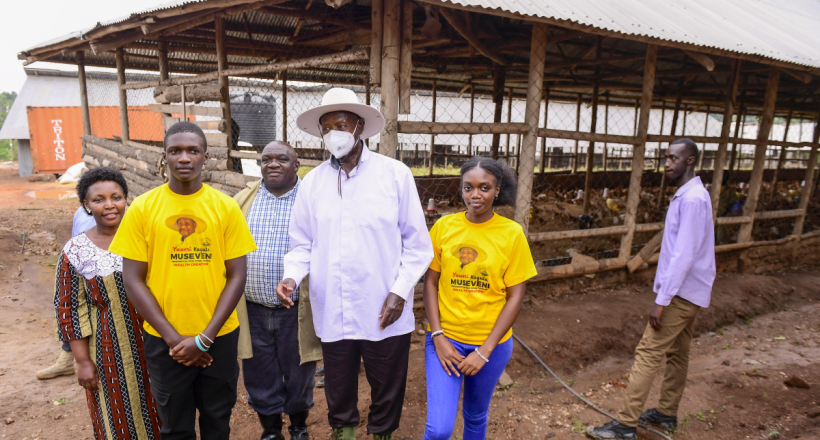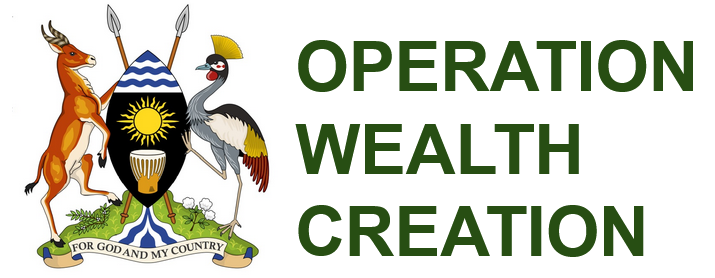More News







How PDM Has Empowered Livestock Farming In Buyende
Since the Government rolled out the Parish Development Model (PDM) in 2022, the biggest percentage of the beneficiaries in Buyende district invested in agricultural and livestock enterprises.
Their investment is paying off. In a report that the district production and marketing office released before the presidential PDM tour in Busoga region in February, Dr George Patrick Kabbale, also the PDM focal person, said livestock farming was ranked as the best performing enterprise in the rural district.
The thriving enterprises include rearing local breeds of goats, cows and poultry (chickens and turkeys). Other types of poultry that farmers are rearing include sasso (red cross breed) birds, layers and kuroiler birds.
“We assessed hundreds of enterprises and identified 110 best performing farmers. Of these, 15 ranked best,” said Kabbale.
In the random sampling assessment, which the offices of the chief administrative officer (CAO) and the production department conducted between November 2024 and January 2025, it was established that the PDM scaled up the livestock production in Buyende.
In 2024, the district was ranked as the top performing, role model district in effectively handling the PDM cash disbursement.
The ranking was announced by finance minister Matia Kasaija during the annual review meeting in Jinja city in December last year, and named Buyende as Busoga region’s PDM support centre, where technocrats and local leaders with PDM disbursement-related challenges now go for benchmarking.
Based on records in the CAO’s office, so far, officials from the districts of Namutumba, Luuka, Jinja, Mayuge, Namayingo, Iganga and Kamuli, have visited Buyende for benchmarking.
7,300 beneficiaries got sh15b
Kabbale said courtesy of the PDM funds, 73 savings and credit cooperative societies (SACCOS) were formed of 1,533 registered enterprise groups. That was between March 2021 and July 2024.
“Each SACCOS was corresponding to the respective administrative parishes in the 10 sub-counties and four town councils in the district,” he said.
The beneficiaries were categorised in groups of women, youth, men persons with disabilities and the elderly.
A total of 7,300 farmers (100 per parish) were prepared and received a loan of sh1m each to invest in agro enterprises.
The beneficiaries have received a total of sh15b in the 2022/2023 and 2023/2024 financial years.
To ensure that funds were not misappropriated, before the loans were disbursed, PDM officials carried out trainings for beneficiaries on financial discipline and business planning.
Additionally, there were trainings on mindset change and zero tolerance to corruption.
Monica Nanswama, the LC5 secretary for finance, planning and administration lauded the PDM officials for transparency, gender equality and inclusiveness during disbursement of the funds.
Challenges
The PDM journey has had challenges, ranging from the poor mindset of the beneficiaries who assume that the funds are a token of appreciation from the Government.
Consequently, a big percentage of the beneficiaries are reluctant to repay the loan.
Secondly, the beneficiaries grapple with the challenge of climate vagaries that include excessive rains that cause floods and long dry spells that compromise harvests.
Crop yield failure leads to reduced income among the beneficiaries, especially those along the floods and drought prone areas.
For livestock farmers, floods cause the hooves of their animals to crack, reducing their profit margins as they incur high costs in treating the animals.
Kabbale said lack of electricity and incessant outages, as well as poor Internet connectivity in hard-to-reach areas, affected the vetting process that was done using laptops.
The other challenge is the PDM executives at parish level, who extort money from the beneficiaries in the guise of entering their data in the system, alongside the vice of selecting close relatives and friends to access PDM funds, locking out worthy beneficiaries.
Beneficiaries speak out
In Ndolwa–Makanga village in Buyende town council, Moses Sekitoleko bought three piglets at sh200,000, all together, using the PDM cash in 2021.
Within 20 months, the parent stock had birthed 24 piglets.
He sold some of the piglets to expand the enterprise.
Today, Sekitoleko has a piggery with 35 mature pigs and 10 piglets.
“Paying fees for my children is no longer a problem. I am also set to sell part of the pigs to construct a better house,” he said.
Margaret Babirye, a resident of Busikwe village, Gumpi parish in Gumpi sub-county, in June 2022, bought four pigs, which birthed 22 piglets by the close of 2022.
She sold 11 piglets at sh600,000. Today, Babirye has four pigs with one boar and three sows and dreams of having 50 animals by the close of this year.
Fatuma Nairuba, a resident of Bukonoka zone in Nakabira ward, Buyende town council, bought 200 chicks in 2023, which have multiplied to 900 birds.
“I have sold off the mature birds and replaced the chicks. My target is to expand to 2,500 birds by the close of this year,” she said, adding that the challenging factor are the feed prices that shoot, especially between February and May, then September and December. Mirabu Nambi, a peasant from Kakira village, Nsomba parish in Kagulu sub-county, opted for dairy farming in 2023.
She bought a bull of an indigenous breed at sh800,000, which she later sold and topped up with sh700,000 to buy a cow and a calf.
“I get 10 litres of milk per day, which translates to sh7,000 per day. The estimated cost for both animals is sh2m,” Nambi said.
Henry Mande, a farmer from Igomero village in Ikanda parish, Buyende sub-county, went for maize and dairy enterprises. In the fi rst season of 2023, he planted two acres of maize which yielded 1,300kg.
Mande sold each at sh800 earning sh1,040,000. He used part of this to buy a heifer at sh800,000.
It produced a calf and yields seven litres of milk, earning sh7,000 daily.
In 2023, Andrew Segawa, a resident of Gumpi in Gumpi parish, used the loan to buy three nanny goats, which produce six kids every five months. The enterprise has multiplied to 26 animals.
About PDM
Finance minister Matia Kasaija said the Parish Development Model (PDM) is aimed at creating wealth and improving the quality of life among Ugandans.
This will be achieved through stimulating agricultural and livestock production, improving storage, value addition and marketing. In the national budget, PDM falls under the human capital development.
The funds are channelled through the Parish Development Management Information Service, the Financial Inclusion System and “Wendi” Mobile Wallet System, through Post Bank.
The beneficiaries are chosen by the community and the PDM team in enterprise group meetings, which the LC1 chairpersons, attend.
The Buyende chief administrative officer, Elizabeth Adong, said the meetings confirm whether or not the loan applicant comes from a subsistence household in that community to guard against fraudsters.
